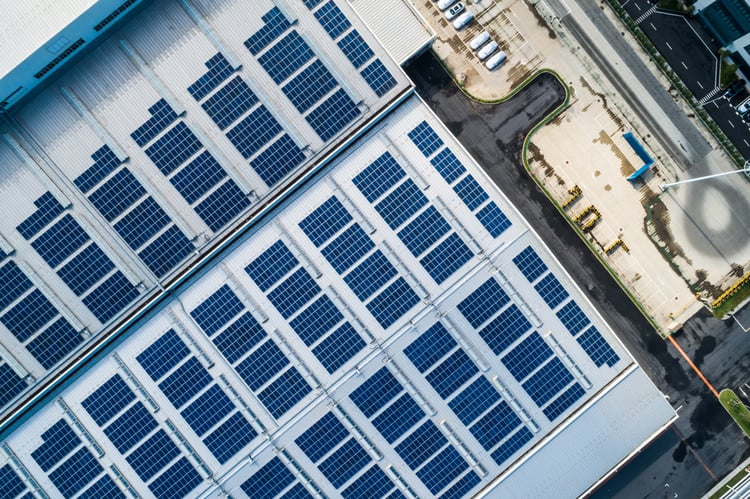The US Congress passed the Reducing Inflation Act on Friday, August 12, 2022, and this is great news for the solar energy industry. The federal solar tax credit was increased to 30% and extended through 2034. Additionally, there is now a separate federal tax credit for energy storage systems, which is completely independent of the solar incentive.
Before the law, the investment tax credit for solar energy expired in 2024. The incentive rate had already been reduced from 30% to 26% in 2020, with a further reduction scheduled to 22% for 2023. From 2024, there would be only a 10% tax credit for solar photovoltaic systems owned by companies (0% for domestic installations). There was no tax credit dedicated to energy storage, and battery systems would only be eligible if they were charged with solar panels. In other words, stand-alone batteries were not eligible.
Get a professional solar design for your building and qualify for the 30% federal tax credit.
Here we will summarize how the Inflation Reduction Act changes federal tax credits for solar energy in the near future.
Solar investment tax credit increased again to 30%

When the federal solar tax credit was created in 2006, the incentive rate was 30%. This benefit remained available until the end of 2019, when the tax credit was reduced to 26%. Originally, the solar ITC was being phased out according to the following schedule:
- 26% in 2020
- 22% in 2021
- 10% for companies only from 2022
However, the benefit was extended by Congress in December 2020, keeping the 26% tax credit available until the end of 2022. The ITC extinction schedule was changed:
- 26% by the end of 2022
- 22% in 2023
- 10% for companies only from 2024
With the Inflation Reduction Act, the solar ITC was extended once again, this time for a full decade. The original 30% tax credit has also been restored:
- 30% by the end of 2032
- 26% for residential users, 30% for businesses in 2033
- 22% for residential users, 22.5% for businesses in 2034
- 0% for residential users, 15% for businesses in 2035
- 0% for all solar installations in 2036
This is a huge boost for the US solar industry, as homes and businesses will continue to receive the ITC for another 10 years. This could help offset recent issues that have slowed solar installations: high inflation global supply chain issues and a recent investigation related to import tariff evasion in Southeast Asia.
Solar tax credits of up to 60% are now available
The Inflation Reduction Act didn't just restore the 30% federal tax credit for solar energy. There are now several “adders” for commercial solar projects that meet certain conditions, which could potentially increase the federal tax credit to 60%.
- 10% bonus for a minimum percentage of domestic content – using US-made building materials and solar products.
- 10% bonus for solar projects on brownfields and sites that were previously used by the fossil fuel industry.
- 10% bonus for solar energy projects that benefit low-income communities.
Assuming a solar project can qualify for all three bonuses, the potential tax credit is up to 60%. This means project developers can get a tax deduction of up to $600,000 for every $1 million invested in solar energy.
New Federal Tax Credit for Energy Storage Systems

Energy storage can significantly improve the value of solar and wind energy by making electrical power available even when solar panels or wind turbines are not productive. Unfortunately, financial incentives for energy storage have been very limited across the US.
Battery systems were already eligible for a federal tax credit before the Inflation Reduction Act, but were subject to a very restrictive condition:
Only battery systems charged by solar panels were eligible.
This requirement has now been removed, meaning the energy storage tax credit is independent of the solar tax credit. In other words, the net cost of battery systems has effectively been reduced by 30% in the US.
The new federal tax credit is available for battery systems with a nominal storage capacity of at least 3 kWh, and this includes stand-alone units. Just remember that the benefit of standalone batteries will be available until 2023. Energy storage systems installed in 2022 are still subject to the solar charging requirement.

